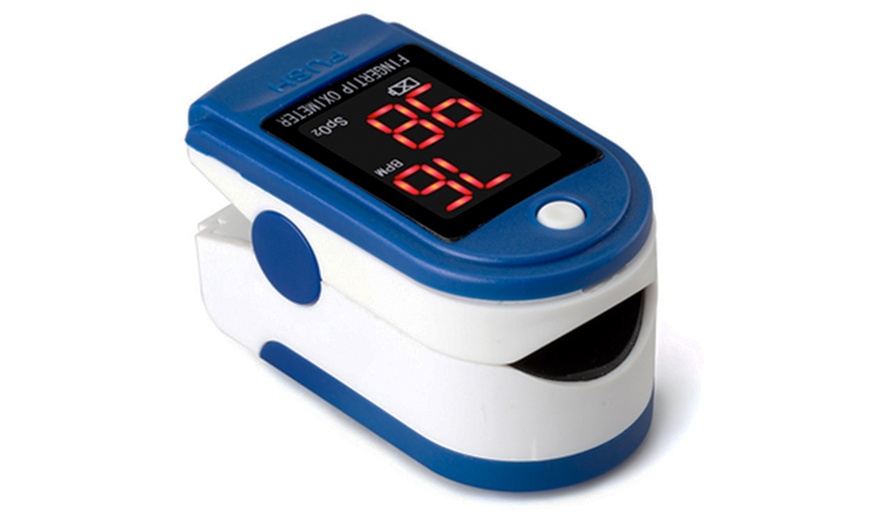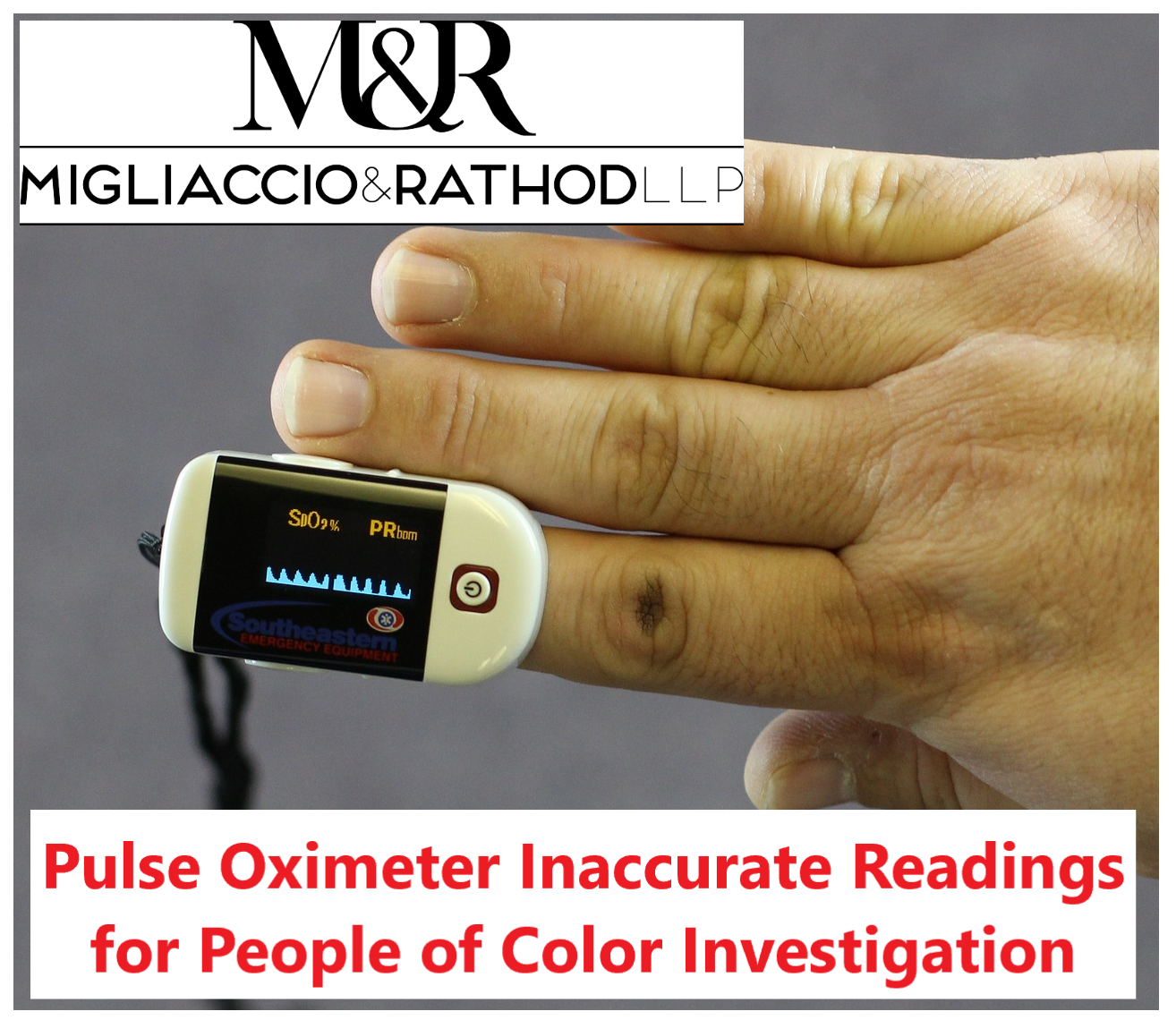


In June, the agency announced in June plans to convene a public meeting to discuss the available evidence on the accuracy of pulse oximeters.
Pulse oximeter reading skin#
Food and Drug Administration referenced a 2020 study and said the pulse oximeters’ accuracy may be affected by several factors including skin pigmentation. In a safety communication in February 2021, the U.S. “I think this really puts the onus on the manufacturers, institutions and the government to really ensure that these devices are used equitably.” “And my response has been yes, I want them to know about it and be aware, but I think it’s really difficult to put the onus on either the patient or the physicians,” says Gottlieb. Eric Gottlieb, lecturer at the Laboratory for Computational Physiology at MIT and lead author of another study on pulse oximetry, also encourages journalists “to spread the word and raise awareness about” disparities in pulse oximetry readings.ĭuring his research, Gottlieb was asked frequently what patients and physicians should know about the findings and whether they should consider them in their medical decision making, he says. “There’s a role for journalists to keep asking the companies to comment on this and explain it.”ĭr. But if their data doesn’t show a problem, “then how do explain why this problem keeps showing up in critically ill patients?” asks Iwashyna, professor of medicine and public health at Johns Hopkins University. Some manufacturers of pulse oximeters have asserted that their devices are accurate. Researchers say today’s pulse oximeters aren’t calibrated to account for darker skin, because they’re built on data from mostly light-skinned, healthy study populations whose diversity doesn’t reflect that of the overall U.S. Problems with pulse oximeters have been recorded since the late 1980s but those problems resurfaced as the pandemic spurred more use of the device and highlighted existing racial disparities in health care. This is not the first time researchers have brought up the issue.

Some studies that include data from COVID-19 patients suggest that inaccurate readings by pulse oximeters may be associated with worse outcomes for Black and Hispanic patients. Unrecognized low blood oxygen levels can damage organs, most importantly the brain and the kidneys. This is particularly important for critically ill patients, where doctors constantly rely on pulse oximeter readings to decide how much oxygen to give patients.
Pulse oximeter reading series#
In addition, the readings from devices became critical in helping doctors decide which hospital patients were eligible for COVID-19 medication like remdesivir.īut a series of recent studies have found that pulse oximeters are more likely to give inaccurate readings for people with darker skin, especially Black people, by overestimating their blood oxygen levels. Theodore Iwashyna, an intensive care unit physician and senior author of a recent study on pulse oximeters in The BMJ. “For COVID, we became so dependent on pulse oximeters for triage,” says Dr. The devices have taken an even more significant role in hospitals since the COVID-19 pandemic began. They are ubiquitous in doctors’ offices and hospitals and became popular during the pandemic as a way for people battling COVID-19 to monitor their oxygen levels at home.ĭeveloped in the 1970s, pulse oximetry has been integrated into the routine monitoring of hospitalized patients and has become a fundamental tool in diagnosis and treatment of patients, especially those with respiratory illnesses. Pulse oximeters are small medical devices that clip on the fingertips and estimate the amount of oxygen in the blood.


 0 kommentar(er)
0 kommentar(er)
